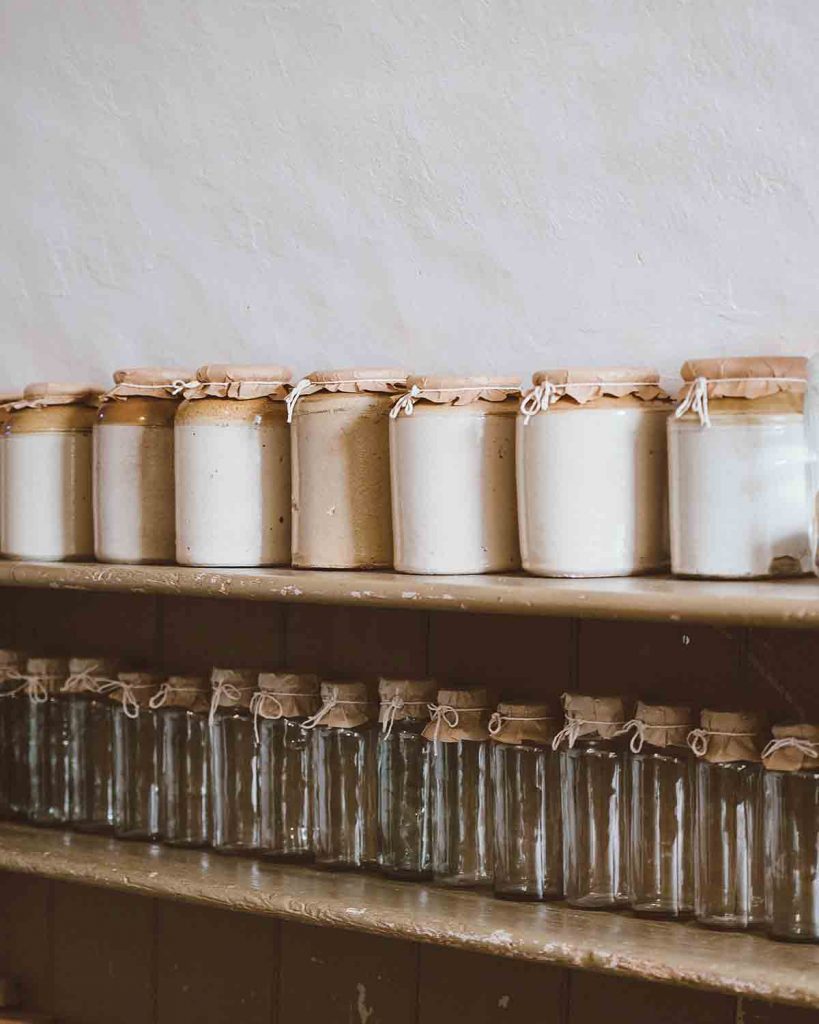Starting a business can be stressful enough without thinking about making every aspect of your operations sustainable. Launching a sustainable start-up can extra challenging. After all, you need to make money for your business to survive, and often it can seem like the most economical practices aren’t the most forward-thinking.
This is where most start-ups can come unstuck. The additional challenge of adopting eco-friendly practices can mean companies fail to uphold their promise of delivering planet-positive products.
So how can you make your new business as sustainable as possible?

1. Choose Eco-Friendly Options Early
Lay the foundations for your eco-friendly business early. Choose sustainable materials for your products, and don’t simply go for the cheapest option when packaging your merchandise either. Sustainable packaging is a great way to show your customers instantly you care about the planet. Suppose you’re an eCommerce business operating solely online. In that case, it’s the perfect opportunity to make a positive first impression with customers who will likely be trying out your products for the first time. If you’re a sustainable tech start up, choose a green data management provider like greenstoneplus.com so you are environmentally friendly from the get go.
2. Start Small, Grow Organically
When you’re starting a new business, it’s all too easy to become overwhelmed by the decisions you need to make. This is why it’s always better to start small and grow organically. It’ll benefit your peace of mind and help you protect the environment too. If you’re hoping to sell a vast range of products, start with just two or three and see how they sell. By approaching your start-up in this manner, you’ll conserve energy, mitigate wasted resources and streamline your operations. It’ll be a lot less stressful too!
3. Conserve Energy Wherever Possible
You’ll no doubt be burning the midnight oil to get your new venture off the ground, but put some time aside to work out ways your business could conserve energy. Refine your processes to ensure energy isn’t wasted. Your experimental, energy-saving idea might become the thing that sets your company apart, like establishing an innovative way to repurpose or reuse materials you’re using to make products.
4. Set out Your Sustainable Stall
Whether you like it or not, image is everything. It’s vital that everything customer-facing — including your branding, product photos and website — accurately represents the
sustainable business you’re trying to promote. Focus on the aspects of your business that make you an attractive option to eco-conscious customers, such as showcasing how your product packaging can be reused, recycled or how it’s biodegradable.
5. Get the Ball Rolling on B-Corp Status
If sustainability is the cornerstone of your new enterprise, consider applying to become Certified B Corporation. It can be a lengthy process, so starting early can help you achieve the status sooner than any of your less organised rivals. There’s no limit on the size of a B Corp, so it’s worth thinking about applying even if you’re a sole trader. While there’s an annual fee associated with becoming certified, it might be considered an investment. This is a testament to your business remaining sustainable and a tool to successfully promote your start-up as one that takes your eco-friendly promises seriously.
Making Your Sustainable Start-Up a Success
Laying solid and sustainable foundations for your start-up will help you get a foothold in even the rockiest of industries. Whether you’ll be shipping your products far and wide or retaining a local focus, it’s always easier to start with the planet in mind than to try and change your processes once they’ve been established.
When times are tough — as they inevitably are when you’re starting a business — remember that keeping your eco-friendly promise is one of the noblest things you can do in business. Stay strong. Your super sustainable start-up will be recognised by many customers who share your passion for creating a cleaner, greener planet.
Photography by Annie Spratt




